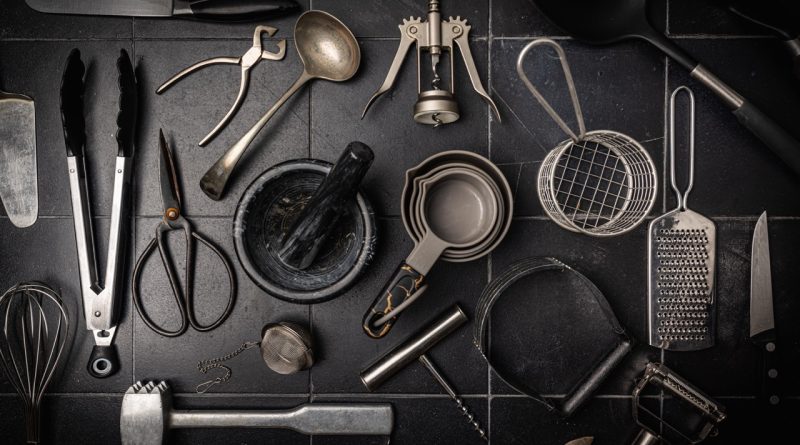The Engineering Principles Behind Zwilling Knives
===
Zwilling knives have long been celebrated in culinary circles for their exceptional quality and performance. Rooted in centuries of craftsmanship, the engineering principles behind these knives combine advanced materials, precision manufacturing, and ergonomic design. This article delves into the core aspects that make Zwilling knives not only functional tools for chefs but also essential components in any kitchen.
Understanding the Materials Used in Zwilling Knives
The foundation of any high-quality knife lies in its materials, and Zwilling does not compromise. The blades are typically forged from high-carbon stainless steel, which offers a fine balance between sharpness, durability, and corrosion resistance. The use of high-carbon steel allows for enhanced edge retention, meaning these knives can withstand the rigors of daily use without frequent sharpening. This steel is often processed through a proprietary ice-hardening technique, which further enhances its hardness while maintaining flexibility.
In addition to the blade material, Zwilling also pays close attention to the handle composition. Most of their knives feature synthetic materials like polypropylene, which is not only comfortable to grip but also resistant to heat, moisture, and chemicals. This durability ensures that the knife can endure various kitchen conditions without degrading. The combination of quality steel and resilient handle materials makes Zwilling knives a reliable choice for both home cooks and professional chefs.
Moreover, Zwilling has invested in research and development to select and refine their materials. The company collaborates with scientists and material experts to innovate and improve the performance of their knives continually. By utilizing advanced metallurgical processes, Zwilling ensures that their knives maintain a sharp edge and resist wear over time, elevating the cooking experience for users.
The Importance of Precision in Knife Manufacturing
Precision is a cornerstone of Zwilling’s manufacturing process, ensuring that each knife meets the highest standards. The forging process is meticulously controlled, where steel is heated and shaped into the desired blade form. This method grants the blade superior strength and balance compared to stamped knives, which are cut from a flat sheet of steel. Zwilling’s forging technique also allows for the gradual tapering of the blade, which enhances its cutting ability and reduces drag during use.
After forging, each knife goes through a rigorous sharpening process using sophisticated machinery and skilled artisans. Zwilling employs a method known as the "SIGMAFORGE®" process, which provides a consistent edge angle across the blade. This precision in sharpening ensures that the knife can slice through ingredients smoothly and with minimal effort. The attention to detail at each stage of manufacturing results in knives that not only look refined but also perform exceptionally well.
In addition to blade manufacturing, Zwilling emphasizes the importance of quality control at every step. Each knife undergoes multiple inspections to ensure that it meets the company’s high standards for performance and durability. This commitment to precision not only enhances the knives’ usability but also reinforces Zwilling’s reputation as a leader in the cutlery industry.
Ergonomic Design: Enhancing User Experience with Zwilling
Ergonomics plays a significant role in the design of Zwilling knives, ensuring that they are comfortable to use for extended periods. The handles are designed with careful consideration of grip and balance, providing a secure hold that minimizes hand fatigue. Many Zwilling knives feature a full tang construction, where the blade extends through the handle, contributing to better weight distribution and control during cutting tasks.
The curvature of the handle is also engineered to fit the natural grip of the hand, allowing for a more intuitive cutting motion. This design reduces the risk of slippage, enhancing safety, especially when working with slippery ingredients. Additionally, the smooth finish of the handle materials prevents moisture and food particles from adhering, ensuring that the knife remains hygienic and easy to clean.
Zwilling has also incorporated feedback from chefs and culinary experts into the design process. By understanding the needs and preferences of users, Zwilling continuously refines its ergonomic features. This user-centric approach not only enhances the overall cooking experience but also positions Zwilling as a brand that genuinely cares about the needs of its customers.
Maintenance Tips for Longevity of Your Zwilling Knives
To ensure the longevity and performance of your Zwilling knives, proper maintenance is essential. Regular honing is recommended to maintain the sharp edge between sharpenings. A honing steel can help realign the blade’s edge, allowing for more efficient cutting without the need for frequent sharpening. This practice is crucial for preserving the knife’s effectiveness and prolonging its life.
Washing Zwilling knives by hand is also advisable, as dishwashers can be harsh on the materials. The high heat and abrasive detergents may lead to dulling or damage to the blade and handle. Instead, using warm water and mild soap, followed by immediate drying, helps maintain the knife’s integrity. Storing knives in a dedicated knife block or magnetic strip can further protect the blades from nicks and scratches.
Lastly, periodic professional sharpening ensures that your Zwilling knives remain in peak condition. Many users may not have the skills or tools to sharpen their knives effectively. Seeking services from professionals who understand the nuances of Zwilling’s blade design can help maintain the optimal cutting edge, ensuring that your investment continues to perform for years to come.
===
The engineering principles behind Zwilling knives highlight the intricate balance between quality materials, precision manufacturing, ergonomic design, and proper maintenance. Understanding these elements enhances appreciation for these exceptional kitchen tools, making them indispensable for both amateur and professional cooks. By investing in Zwilling knives and following maintenance guidelines, culinary enthusiasts can elevate their cooking experiences, ensuring that each slice and dice is executed with precision and ease.
